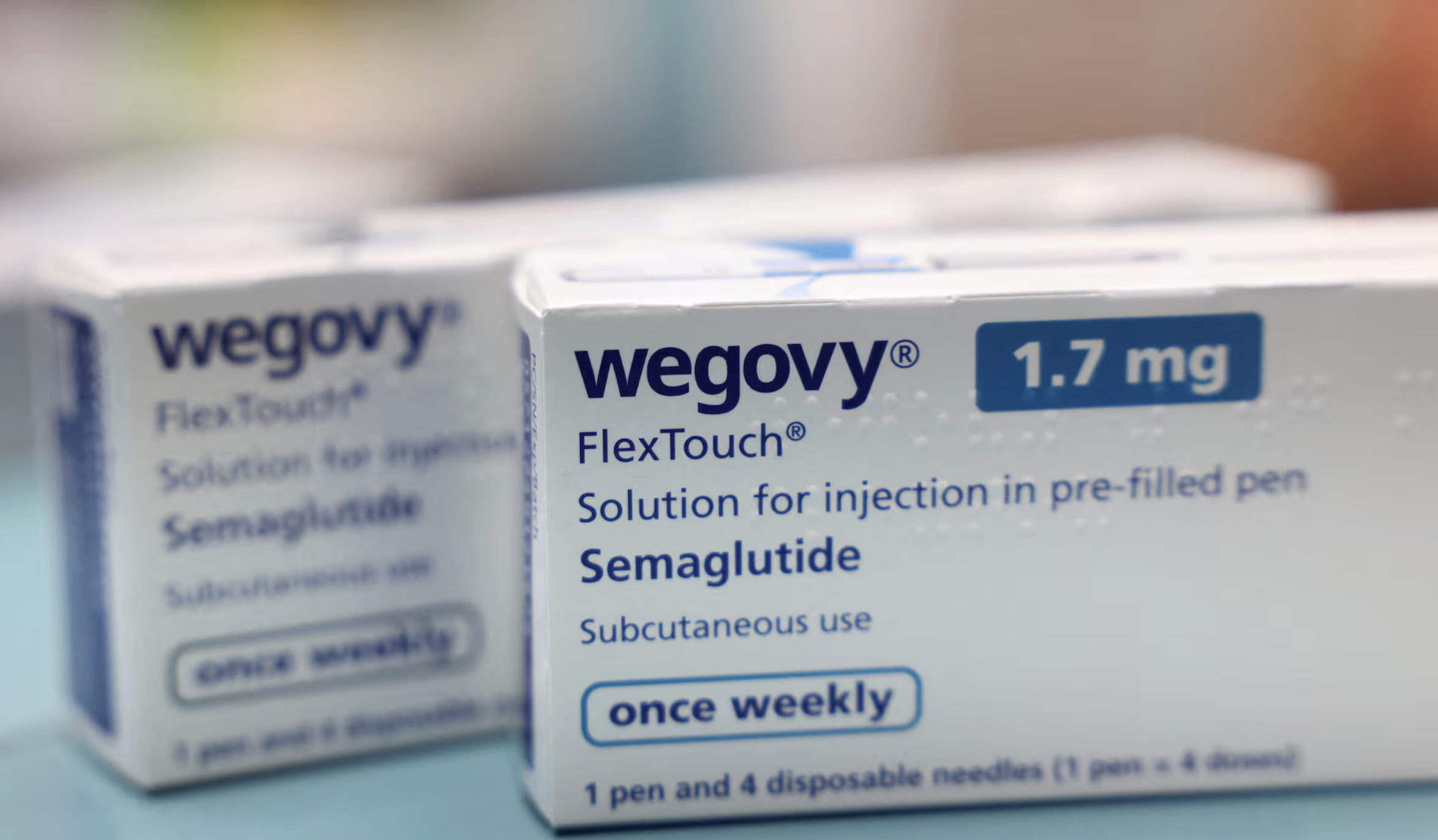Google is ramping up its plans to move closer to build an AI language model that supports 1,000 different languages to beat ChatGPT.
The tech giant has shared more information about the Universal Speech Model (USM), a system the company describes as a “critical first step” in realising its goals.

Universal Speech Model by Google
It was in the month of November last year; it was announced by the company that it plans to create a language model supporting 1,000 of the world’s most-spoken languages while also revealing its USM model.
With 2 billion parameters trained on 12 million hours of speech and 28 billion sentences of text, spanning 300+ languages, USM as per Google is a family of state-of-the-art speech models.
In its blogpost, Google said that “USM, which is for use in YouTube (e.g., for closed captions), can perform automatic speech recognition (ASR) not only on widely spoken languages like English and Mandarin, but also on under-resourced languages like Amharic, Cebuano, Assamese, and Azerbaijani to name a few”.
As per Google, the USM shall serve as the “foundation” for a much larger system and support over 100 languages.
Meanwhile, Google is expected to introduce a host of AI features for its products in the near future, and among them, Gboard for Android is working to integrate the Imagen text-to-image generator.
Now that we have covered the USM and Google plans, lets throw some light on its popular counterpart, ChatGPT.
ChatGPT
Developed by OpenAI and launched in November 2022, ChatGPT is an AI chatbot developed by OpenAI and launched in November 2022.
Fine-tuned by using both supervised and reinforcement learning techniques, it is built on top of OpenAI’s GPT-3 family of large language models.
Launched as a prototype on November 30, 2022, and quickly garnered attention for its detailed responses and articulate answers across many domains of knowledge.
However, what has been identified as a significant drawback, is its uneven factual accuracy.
Post the release of ChatGPT, OpenAI’s valuation was estimated at US$29 billion in 2023.













